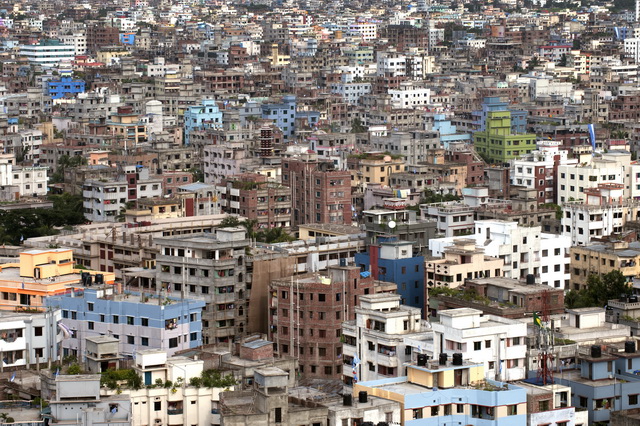- Australia and New Zealand
- East Asia and the Pacific
- Europe and Central Asia
- Albania
- Armenia
- Austria
- Azerbaijan
- Belarus
- Belgium
- Bosnia and Herzegovina
- Bulgaria
- Croatia
- Cyprus
- Czech Republic
- Denmark
- Estonia
- Finland
- France
- Georgia
- Germany
- Greece
- Hungary
- Iceland
- Ireland
- Italy
- Kazakhstan
- Kyrgyz Republic
- Latvia
- Liechtenstein
- Lithuania
- Luxembourg
- Malta
- Netherlands
- Norway
- Poland
- Portugal
- Romania
- Russian Federation
- Serbia
- Slovak Republic
- Slovenia
- Spain
- Sweden
- Switzerland
- Turkey
- Ukraine
- United Kingdom
- Uzbekistan
- Latin America and the Caribbean
- Antigua and Barbuda
- Argentina
- Bahamas, The
- Barbados
- Bolivia
- Brazil
- Chile
- Colombia
- Costa Rica
- Dominica
- Dominican Republic
- Ecuador
- El Salvador
- Grenada
- Guatemala
- Guyana
- Haiti
- Honduras
- Jamaica
- Mexico
- Nicaragua
- Panama
- Paraguay
- Peru
- St. Kitts and Nevis
- St. Lucia
- Trinidad and Tobago
- Uruguay
- Venezuela
- Middle East and North Africa
- North America
- Sub-Saharan Africa
Home > Countries > South AsiaBangladesh
Country Profile
Bangladesh is among the ten largest countries in the world based on population (148.7 million, 2010) and population density (1142 persons per square kilometer, 2010). Bangladesh is also one of the poorest ($642 USD per capita GDP, 2010).1 2 28 percent of the population is urban, where only 23 percent of housing facilities are classified as permanent and sturdy.3 Due to disorganized land governance and administration, property costs are high, making it difficult for lower-income groups to purchase housing.3 New property development is dominated by upper-income urban groups, with most new units being used as investment and rental vehicles, not primary residences.3 Estimates (2009) suggest a shortage of 5 million houses in Bangladesh, with annual estimated demand for new urban housing ranging from 300,000 to 500,000 units. Rural demand (using an annual growth rate of 2 percent) could be as much as 3.5 million units per year. Only 2 percent of rural housing is characterized as permanent.3 Source: UN Photo/Kibae Park, City View of Dhaka, 2010
Source: UN Photo/Kibae Park, City View of Dhaka, 2010
The housing finance market in Bangladesh is poorly developed, characterized by a weak structure (few second-tier lenders), poor transparency, and little competition to encourage efficiency.3 In addition, the ineffective governmental frameworks (legal, regulatory, taxation) in Bangladesh hold back development of the primary and secondary housing finance markets. The lack of infrastructure in Bangladesh also makes housing expansion into rural areas difficult.3 Bangladesh’s ratio of housing finance to GDP is less than 3 percent - in comparison, developed countries have a ratio of 50-70 percent.
Formal mortgage finance is available only to high-income urban households due to the high interest rates (annual average rate of 14.5 percent for a 10-15 year loan of $24,000 USD), which has created a surplus in upper-level housing and a shortage of affordable housing for the majority of Bangladesh’s population in spite of high demand for housing finance.3 . Typical LTVs range from 50-70 percent of the home’s value. Government-subsidized housing finance, provided by the Bangladesh House Building Finance Corporation (BHBFC), is available (at lower than market rates of around 12 percent for Dhaka and Chittagong, 10 percent elsewhere, 2008) with longer maturities of 15-20 years. However, the BHBFC does not adequately target the lower-income groups that require the most aid and is not an effective instrument, as demonstrated by its loan recovery rate of less than 50% (2010).3
The national commercial banks also act as major players in the mortgage finance market in Bangladesh but only have 3-6 percent of their outstanding portfolio into mortgage loans due to the higher profitability of other instruments (like short term corporate loans).3 Private mortgage finance institutions like the Delta Brac Housing Finance Corporation have efficient and effective loan strategies and make up over 35% of the total housing finance market but only serve higher-income clientele.3
Grameen Bank, a microfinance institution, was originally founded in Bangladesh with the aim of being loan program for the rural poor to generate a sustainable income. In 1984, Grameen Bank expanded its operations to include housing loans, and its current portfolio (2009) is worth $3.3 million USD with 89% repayment rates.3 It has financed 674,435 homes so far, with an average loan size of $277 targeting the lowest-income households in Bangladesh.3 However, as of June 2008, Grameen Bank and other microcredit lenders only account for .14% of the outstanding housing loans in Bangladesh.3
1The World Bank. http://data.worldbank.org/country/bangladesh. Accessed June 20, 2012.
2 International Monetary Fund. http://www.imf.org/external/pubs/ft/weo/2012/01/weodata/index.aspx Accessed June 20, 2012
3 Nenova, Tatiana. “Expanding Housing Finance to the Underserved in South Asia: Market Review and Forward Agenda.” 2010.
Copyright © 2025. HOFINET. By using or accessing this website, you signify that you agree to the Terms of Use.
When using or citing any information displayed on this website or accompanying blog sites, you must provide a reference to HOFINET.